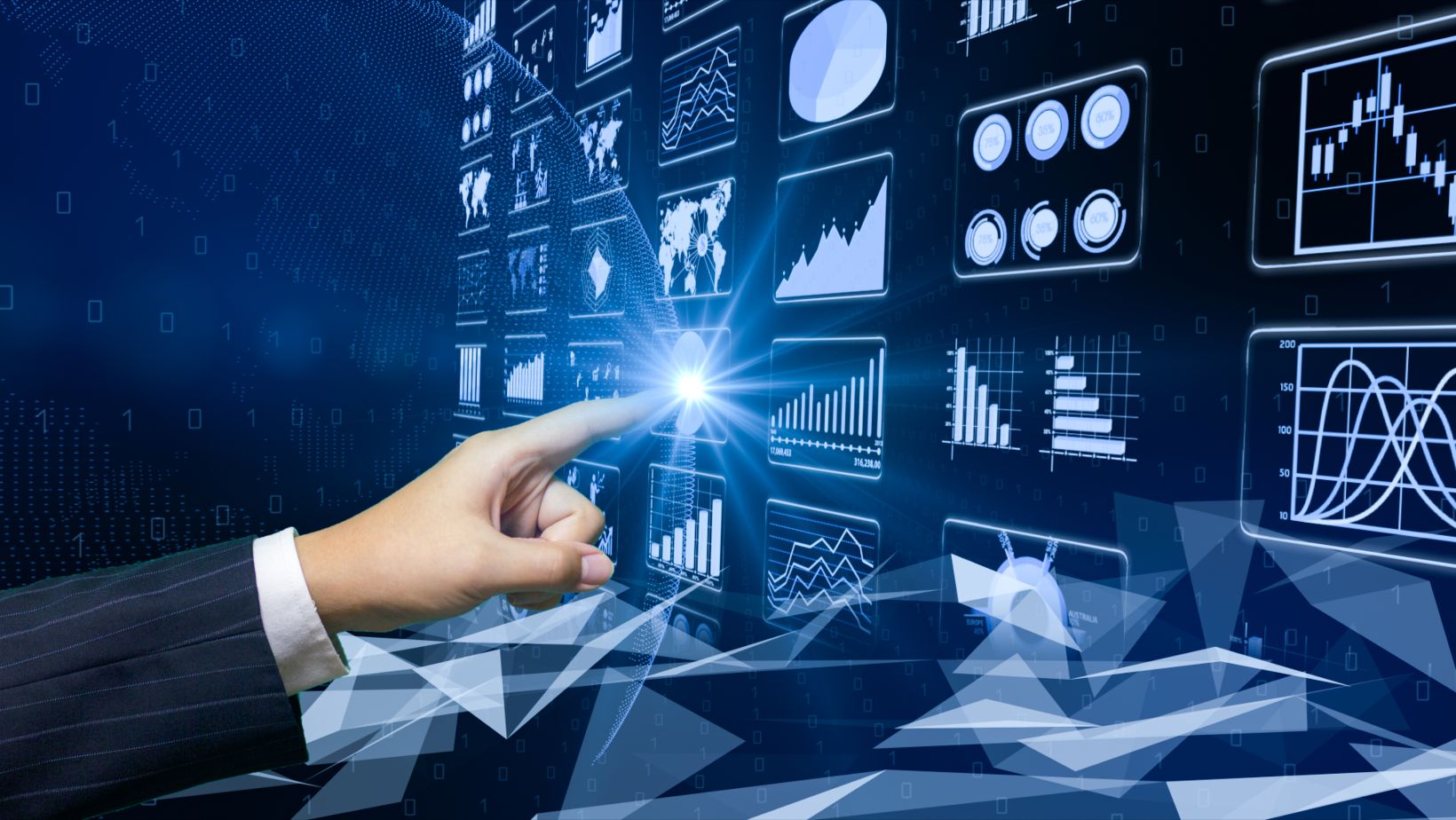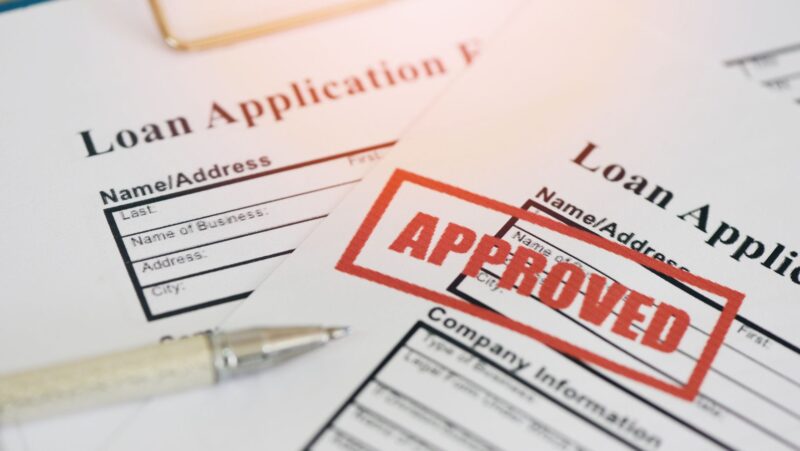
The volatility and complexity of today’s digital environment have made keeping track of the competitor’s price standards mandatory. Businesses especially have to compare the prices of their products or services with those of their competitors in real-time.
Nonetheless, collecting and analyzing this information has long been time-consuming since they deal with big and variable data sets that lack precise accuracy. Now that AI solutions are available, businesses can easily gather and analyze price data.
One of these methods that has emerged as commonplace is called data scraping, a revolutionary technique employed in source information gathering through several web sources.
By nature, these solutions enable firms to track price data more diligently. Changes in competitive landscapes across industries make it possible for firms to respond to changes with high sensitivity.
How AI and Machine Learning Have Transformed Data Extraction
AI and machine learning, in particular, have revolutionized data extraction for competitive price monitoring. Earlier, price tracking was performed manually or using the simplest means of automation that could not properly deal with the volumes of information available on the Internet.
Machine learning algorithms have introduced great advances in the efficiency, accuracy, and relevance of data extraction using AI. Turning to AI, enterprises can obtain pricing information from online stores, competitors’ sites, and third-party selling platforms.
Machine learning models can extract elements such as pricing, discounts, and even differences from one geographical region to another through this data. This capacity for continuous tool updates allows AI to be used in the extraction process, making it progressively more efficient.
Predicting Price Trends: The Role of AI in Competitive Intelligence
One of the main advantages of AI to competitive price monitoring is the possibility of predicting the tendencies. Those who operate with spreadsheets or rudimentary automation methods can hardly predict changes in the market.

Through AI, organizations get hold of the type of algorithms used in the analysis, which enables them to predict future prices with high precision. Existing price-monitoring mechanisms within the AI software can also detect patterns that might indicate an impending change by reviewing price data from the past.
For instance, changes in demand, availability of stock, trends, fluctuations, and competitors’ actions are a few factors AI can identify.
Overcoming Data Collection Challenges with AI-Driven Data Scraping Techniques
Data collection is usually accompanied by some difficulties in most cases, especially when it’s a question of competitive prices. Companies often face technical hurdles, which include CAPTCHA codes, IP blocks, and access constraints in websites from which they seek to extract data through web scraping.
These barriers can extend data collection time or even stop the process altogether. But there’s a way out: AI scraping techniques. AI is applied in data scraping tools to optimize data extraction by working around these challenges rather than manually.
These should use best practices in all ethical and legal scraping as they can overcome typical obstacles like CAPTCHA tests. Special techniques allow the site to automate the machine’s actions and make it behave like a human using advanced algorithms that enable the scraping process to go uninterrupted.
Real-Time Insights: How AI Enables Faster Decision-Making
In a hypersensitive market environment where price adjustments occur daily, responsiveness is important. When using traditional data extraction methods, business information can’t be updated in real-time. Consequently, businesses become less proactive with the pricing options they offer.
However, AI enables real-time collection of information regarding issues such as pricing, thereby making it competitive. With such instant data capture and analysis, AI can take real-time data faster regarding price monitoring.
This information can be analyzed on time, and such decisions are made on the spot. Again, they can help firms always outcompete rivals in price. One example is that an e-commerce retailer can use real-time information to react rapidly to price matches or even undersell its competitors to get the attention of cost-conscious customers.
Practices for Leveraging AI-Driven Price Monitoring Solutions
Although competitive price monitoring has become a critical component of price strategy that requires the AI tool for efficiency, organizations must adopt the right practices to make the best of the tools.

First and foremost, it’s necessary to properly choose an AI-driven tool adapted to certain business requirements. Not all data scraping technologies are the same. Thus, depending on its flexibility, accuracy, and scalability, one must select a program that can work effectively as it adapts to the ever-changing market.
In addition, to improve the current technological structures within the organizations, businesses need to support their new AI systems with existing IT solutions for data analysis to be implemented with no interference with other organizational procedures.
Gaining the Competitive Edge with AI
With the increasing complexity of the digital marketplace, AI for data extraction is critical for businesses seeking competitive advantages.
By augmenting the analysis and collection of competitive price-related information, AI brings effectiveness and efficiency to information screening.
Inaccurate or delayed market trend predictions can seriously damage a business because they allow limited insights into what signals can and cannot be read and what problems may arise when collecting data.










